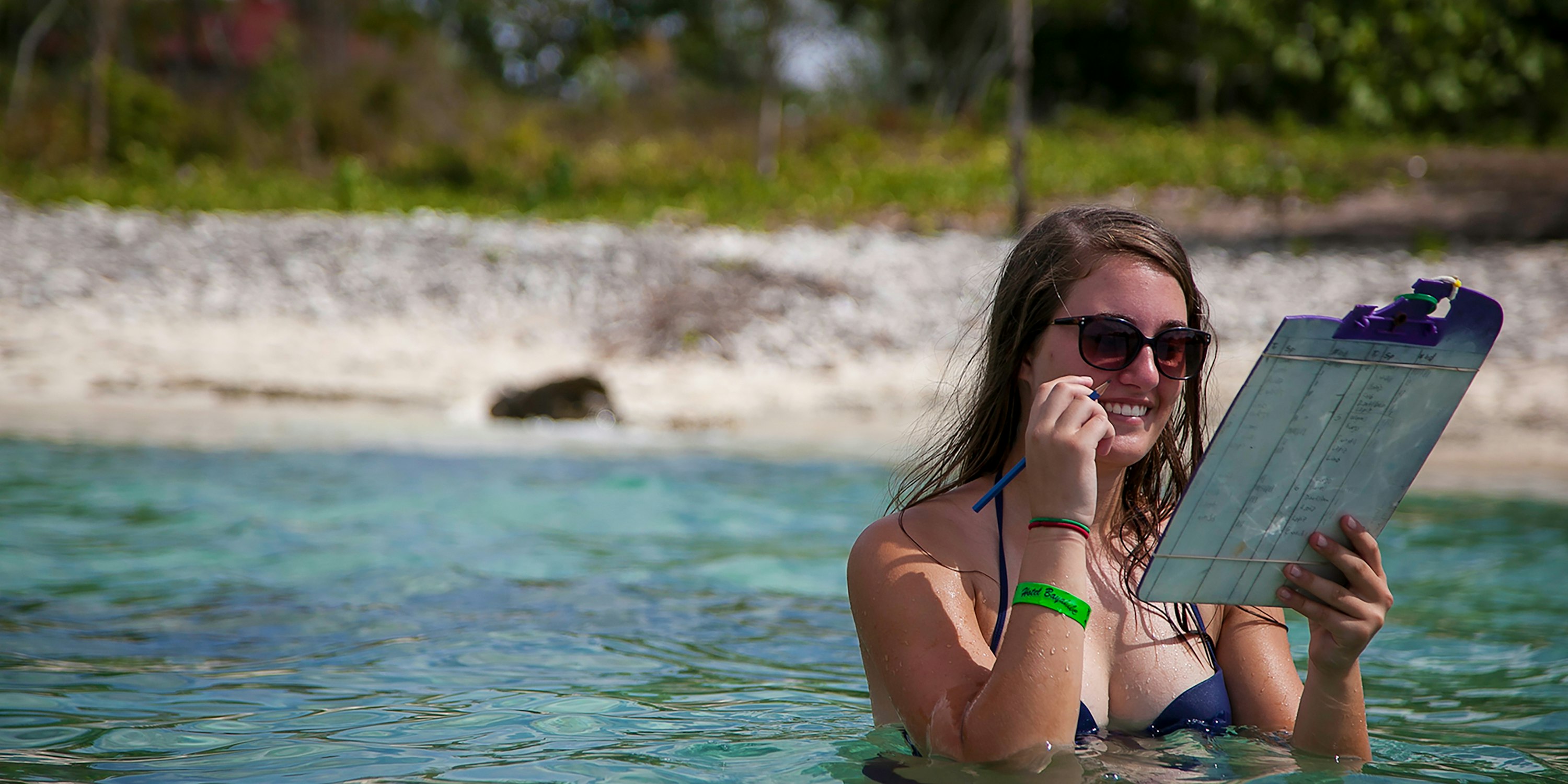Accommodations
Students will mainly stay at our base house in the Dominican Republic. A base house is a home or lodge that is used throughout the summer for students. Here are details on accommodations:
Hotel in Santo Domingo
Students will stay in the Novus Hodelpa Hotel in the heart of the historic Colonial Zone. They’ll share rooms based on gender and have access to private bathrooms. Most teens will arrive in the evening, so their hotel stay will consist mainly of rest and relaxation.
Base House in Bayahibe
The students will drive to Bayahibe the next day and settle into the base house there. The accommodation is called the Villa Luna B&B. The teens will stay in bedrooms with air conditioning and private bathrooms. The site includes a pool and a garden and is located near the coastline.
A Night on Isla Saona
For one night, the students’ accommodations will be handled by a fishing charter company that will taking the students to Isla Saona via boat.
Base House in Bayahibe
After returning from the island, the students return to the base house in Bayahibe.
Ecolodge in Sabana de La Mar
The next stop is Sabana de La Mar. There the students will stay at the hotel Paraíso Caño Hondo. It’s located near the Jivales River and includes natural pools on the grounds. The bedrooms are rustic style with native elements of the area. The rooms include wooden floors, a ceiling fan and private bathrooms with hot water.
Hotel in Santo Domingo
The students end their journey at the Quality Hotel, outside of Santo Domingo. There they can give a fond farewell to their newfound friends.








